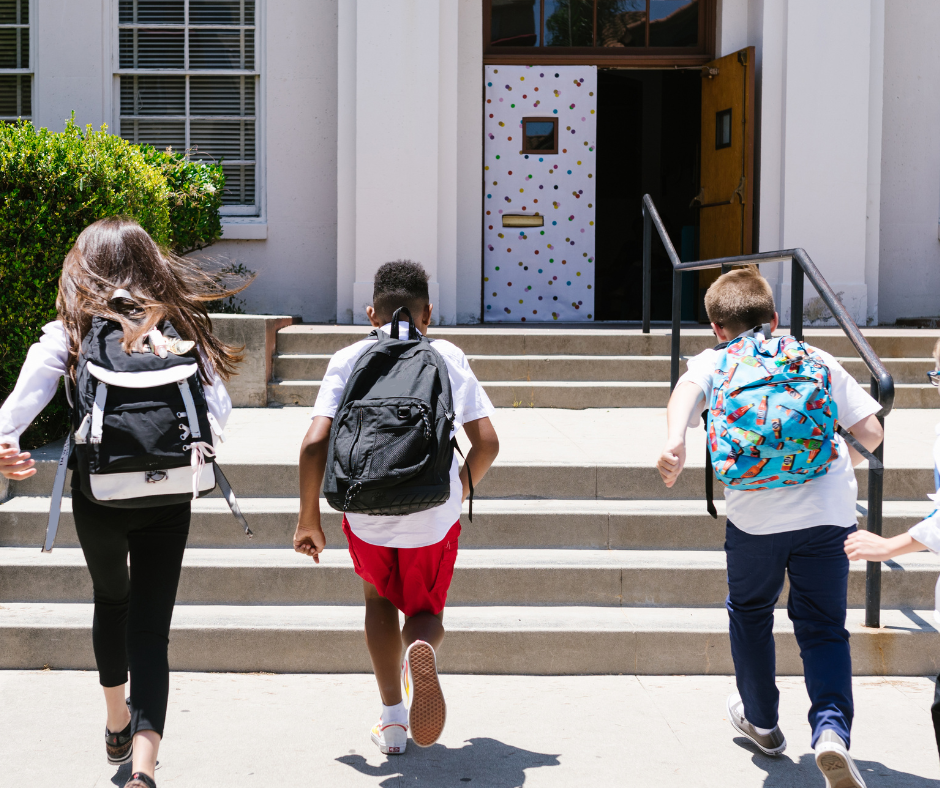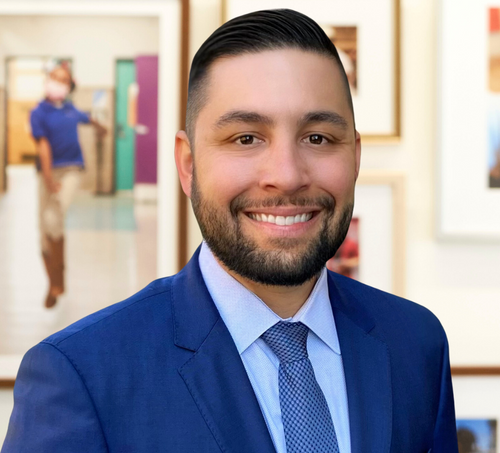For charter schools, facilities represent a challenge that district schools never face. Unlike traditional public schools that receive buildings as part of their infrastructure, charter schools must locate, secure, and often transform spaces into learning environments—all while managing limited resources and growing student populations.
Having worked with numerous charter schools navigating these challenges, I’ve observed patterns in both struggles and successes. The schools that thrive understand a fundamental truth: enrollment, funding, and facilities don’t exist in isolation. They form an interconnected system where each element depends on and supports the others.

The Unique Facility Challenges Charter Schools Face
The Starting Line Disadvantage
Charter schools begin at a disadvantage simply by not being given facilities. While district schools inherit buildings with all the infrastructure advantages that come with them, charter schools must locate suitable spaces in competitive real estate markets, often competing against commercial tenants who can offer landlords simpler, more profitable arrangements.
This initial challenge sets the tone for ongoing facility struggles that impact every aspect of school operations.
Overcapacity and Unmet Demand
One of the most common scenarios I encounter is schools operating at or beyond capacity with significant waitlists. These schools have proven their educational model and created community demand, yet they’re physically unable to serve additional students.
This situation represents both success and frustration—success in creating a program families want, frustration in being unable to fulfill your mission due to physical constraints. The challenge becomes finding pathways to expand capacity without overextending financial resources or compromising educational quality.
Non-Optimal Learning Spaces
Many charter schools occupy buildings never designed for education. Converted big-box stores, former movie theaters, office buildings, and retail spaces all present unique challenges for creating effective learning environments.
These spaces might lack adequate natural lighting, appropriate acoustics, or efficient layouts for educational programming. Classrooms might be oddly shaped, circulation patterns inefficient, and specialized spaces like science labs or performance areas simply impossible to accommodate without significant investment.
While these spaces can absolutely house successful schools, they require creativity, adaptation, and often compromise on the ideal learning environment you’d create if building from scratch.

The Maintenance and Upkeep Dilemma
Perhaps the most persistent facility challenge involves ongoing maintenance and improvements. With limited budgets, charter schools constantly balance facility upkeep against educational programming investments.
Should you repair aging HVAC systems or invest in new curriculum materials? Do you address deferred roof maintenance or hire another teacher? These aren’t hypothetical scenarios—they’re real decisions charter school leaders face regularly.
The challenge intensifies because deferred maintenance typically becomes more expensive over time, creating a cycle where small issues become major capital expenditures that could have been prevented with earlier intervention.
The Virtuous Cycle
Understanding the relationship between enrollment, funding, and facilities is crucial for sustainable charter school growth. These three elements create what I call a “virtuous cycle” when properly aligned.
The Chicken and Egg Problem
Which comes first: enrollment, funding, or facility? The answer is all three, simultaneously. Without a facility, you cannot enroll students. Without enrolled students, you don’t generate funding. Without funding, you cannot secure or maintain facilities.
This interdependence means that weakness in any one area compromises the others. Conversely, strength in one area creates opportunities to strengthen the others.
The Positive Feedback Loop
When these elements align strategically, they create positive momentum:
- A quality facility attracts families and supports enrollment growth
- Strong enrollment generates funding for facility improvements
- Better facilities enable program enhancements that attract more families
- Increased enrollment provides resources for additional facility investments
This cycle continues, with each improvement enabling the next. The schools experiencing the most sustainable growth have figured out how to keep all three elements moving forward together rather than sacrificing one for another.

The Importance of Expert Guidance
Navigating this complex relationship often requires outside expertise. Organizations like Grow Schools, state charter associations, or financial advisors can provide the comprehensive perspective needed to align these elements strategically.
These partners help you see the complete landscape rather than focusing myopically on individual problems. They can identify how facility decisions impact enrollment potential, how enrollment patterns should inform facility planning, and how both connect to sustainable funding models.
Just as you’d consult a financial advisor for complex personal finance decisions, charter schools benefit from expertise that considers all interconnected elements of school operations.
Moving Forward Strategically
Sustainable charter school growth requires viewing enrollment, funding, and facilities as interconnected elements of a single system rather than separate challenges to address individually.
The Strategic Approach
- Regularly assess all three elements together, not in isolation
- Partner with experts who understand how these elements interconnect
- Make facility decisions based on enrollment data and financial capacity
- Ensure facility investments support rather than strain educational programming
- Build flexibility into facility arrangements to accommodate inevitable changes
The schools experiencing the most sustainable growth treat facility decisions as strategic tools that support their educational mission rather than ends in themselves. When enrollment, funding, and facilities align strategically, charter schools create the virtuous cycle that enables long-term success. Each improvement strengthens the others, building momentum that supports sustainable growth while maintaining the educational quality that attracted families in the first place.

